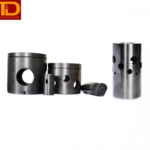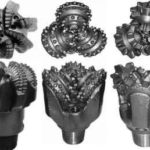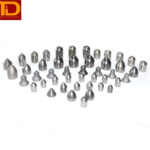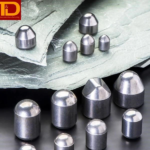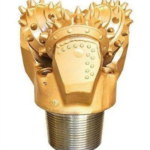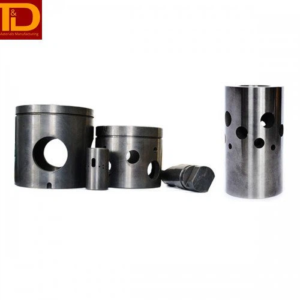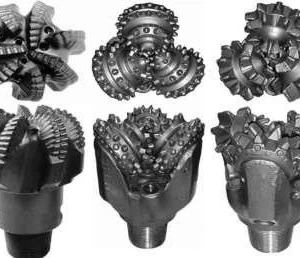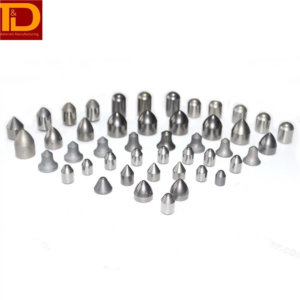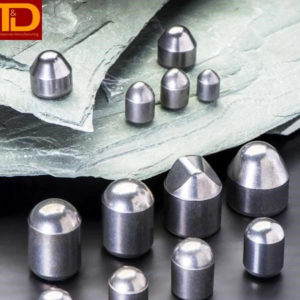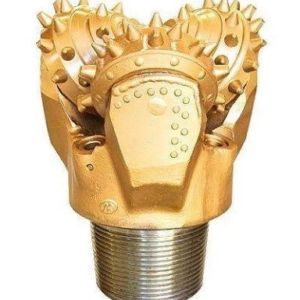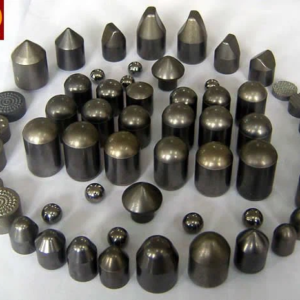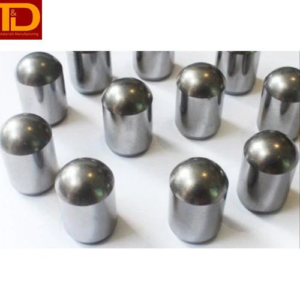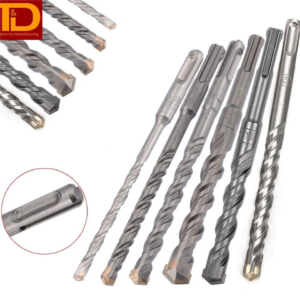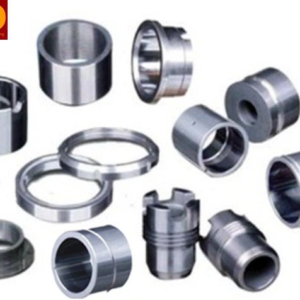Tungsten Carbide for Construction, Mining, Oil & Gas Well
Geological mining tools made from tungsten carbide consist of a WC-Co alloy. The optimal composition of tungsten carbide grains and cobalt content varies based on the specific geological mining tool, the hardness of the rock being processed, or the particular section of the tool.
Tungsten carbide geological mining tools material not only demands high purity but also necessitates coarse WC and C particles. Strict criteria exist for the allowable range of total carbon and free carbon in WC. The production technology for tungsten carbide geological mining tools has reached a stable and mature state, finding extensive applications as a molding agent in processes such as paraffin wax molding, vacuum dewaxing (including hydrogen dewaxing), and vacuum sintering.
Tungsten carbide geological mining tools play a crucial role in engineering geology, oil exploration, mining, and civil construction. Functioning as traditional geological mining tools, they face the complex challenges of impact and abrasion, enduring harsh working conditions that result in at least four types of rock wear: thermal fatigue wear, shock wear, fatigue wear from shock, and abrasive wear. In comparison to conventional geological mining tools, tungsten carbide geological mining tools exhibit higher levels of hardness, strength, and toughness. This enhanced hardness, strength, and toughness enable tungsten carbide tools to better adapt to changing conditions, ensuring that even under such circumstances, the alloy’s toughness remains uncompromised, further enhancing the wear resistance of the tools.
Tungsten carbide bits, a standard component of tungsten carbide geological mining tools, offer significant advantages. One tungsten carbide bit can replace 4 to 10 steel bits, providing twice the penetration rate. Additionally, tungsten carbide drill bits require less frequent replacement, improving production efficiency and perforation rates. To ensure a prolonged service life, a tooth tungsten carbide drill must be adaptable to various rock properties, offering high perforation rates, abrasion resistance, and shock resistance. The tungsten carbide drill bit has emerged as a key tool for achieving high-efficiency perforation. In large and medium-sized open-air metal mines, particularly in perforating large open-pit non-ferrous metal operations, tungsten carbide geological mining tools hold promising prospects.
Tungsten carbide geological mining tools possess remarkable hardness, exceptional wear, and heat resistance. However, they are highly susceptible to surface cracks or defects due to their quasi-brittle nature. While these tools boast high compressive strength, their tensile strength is notably low, and they are sensitive to stress concentration. When selecting geological mining tools with a tungsten carbide grade, the primary considerations should revolve around the alloy’s shock resistance and abrasion resistance. Various properties such as flexural strength, hardness, density, coercive force, fracture toughness, porosity, dirt levels, average grain size of tungsten carbide, and more can provide insights into different aspects of the alloy’s shock resistance and wear resistance.
When selecting tungsten carbide geological mining tools for tasks involving extremely hard rock and powerful drills, emphasis should be placed on the toughness of the tungsten carbide alloy. Opt for grades with a higher cobalt content in such cases. For hard, brittle, and corrosive rock, prioritize the wear resistance of the tungsten carbide alloy by choosing grades with slightly lower cobalt content. When dealing with hard and medium-hard rock, opt for low cobalt-containing, high-hardness tungsten carbide alloy grades. In heavy coal mining, tungsten carbide cutters are primarily used to decrease cobalt content and increase grain size, significantly improving the alloy’s shock toughness and flexural strength. For column teeth, cross, and three-blade drill heads, consider selecting tungsten carbide grades with lower cobalt content.

